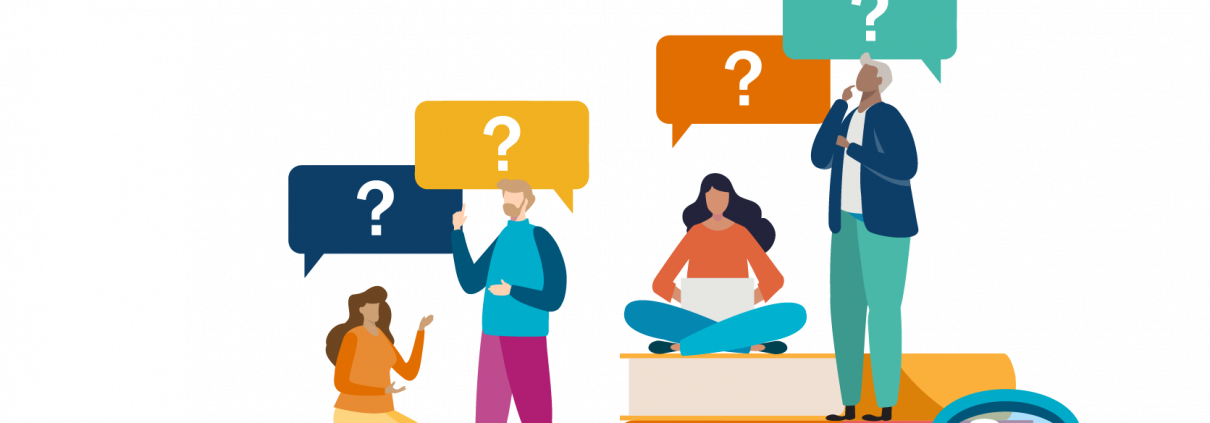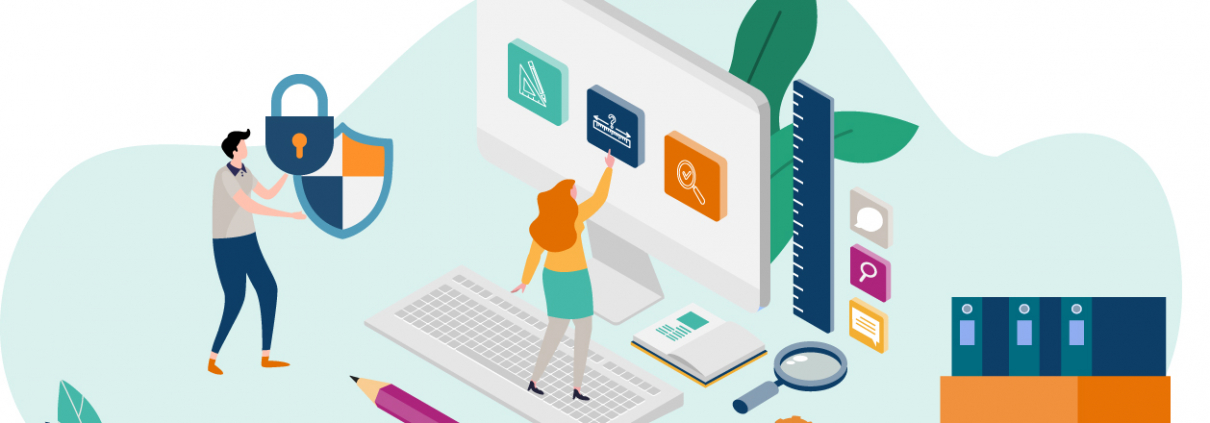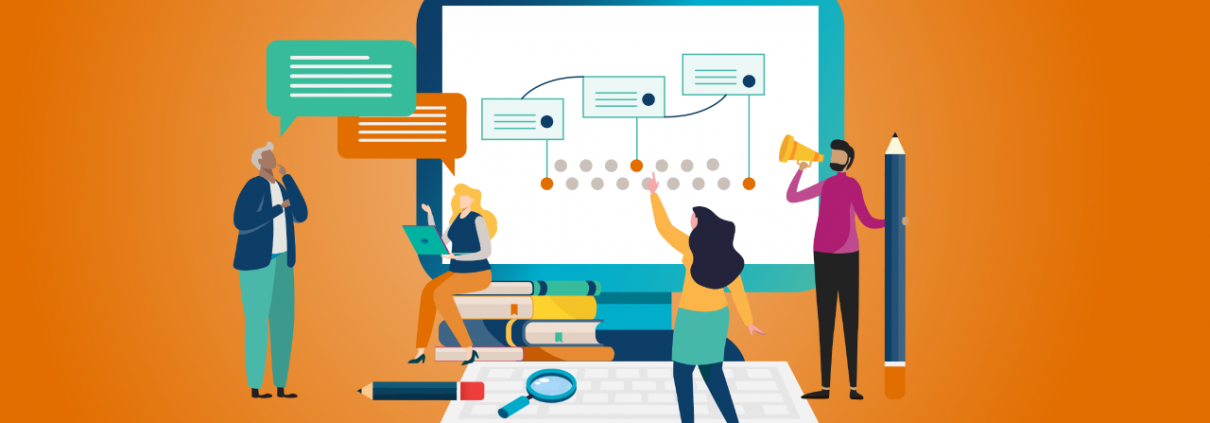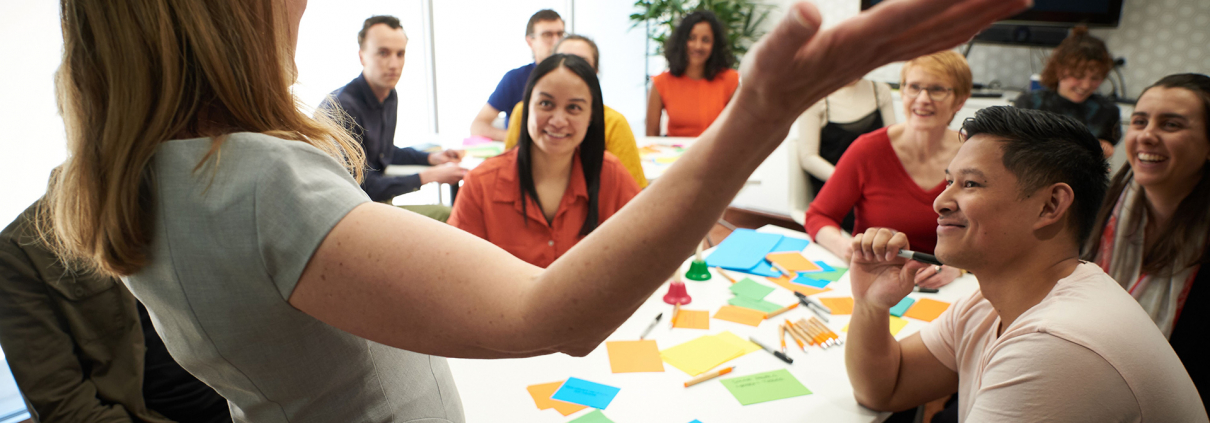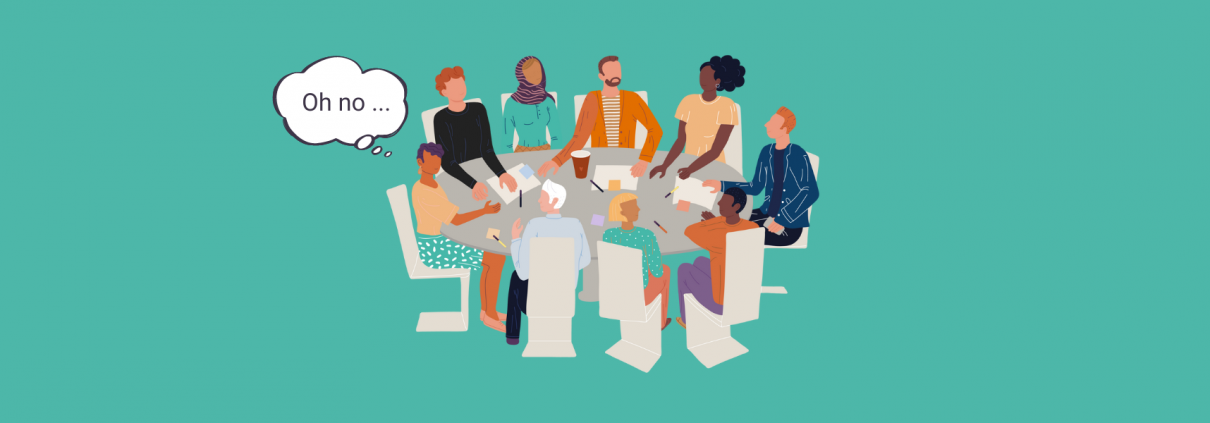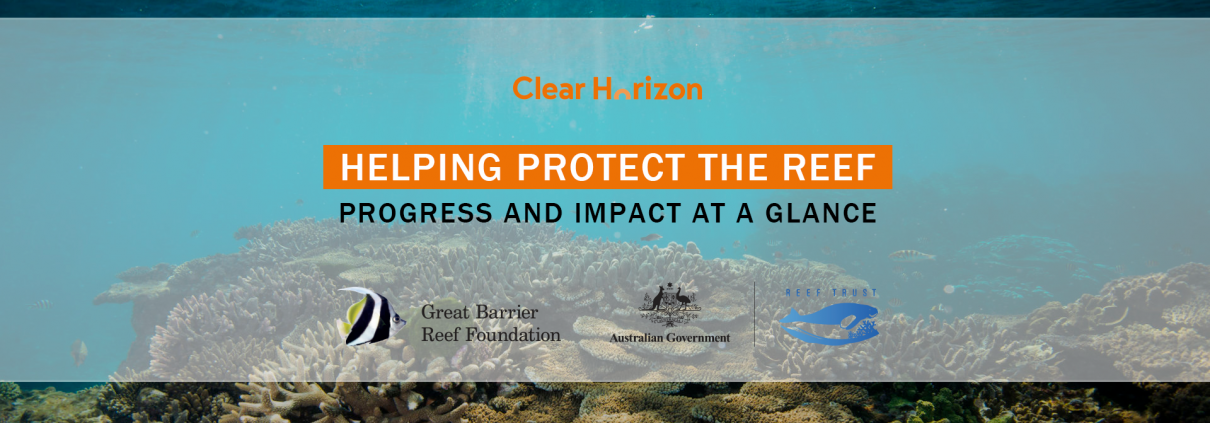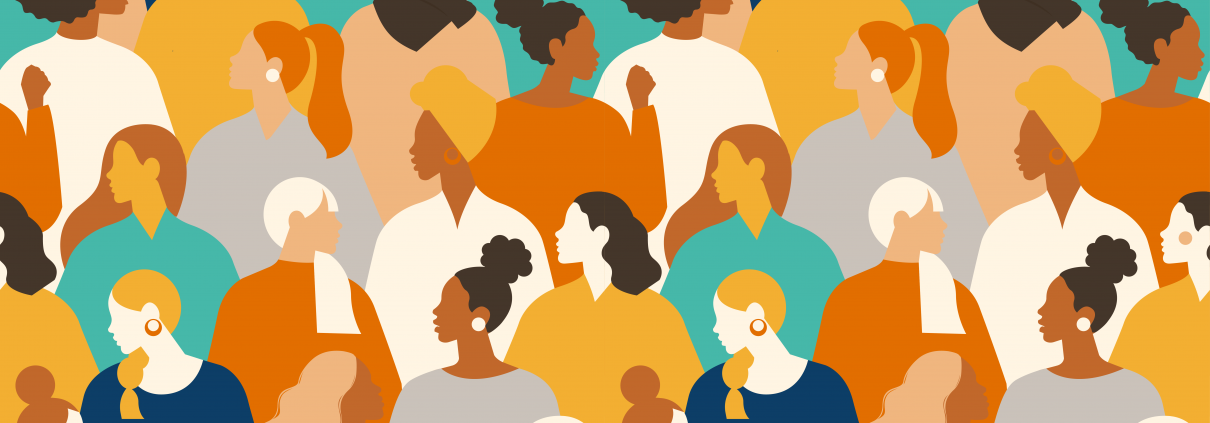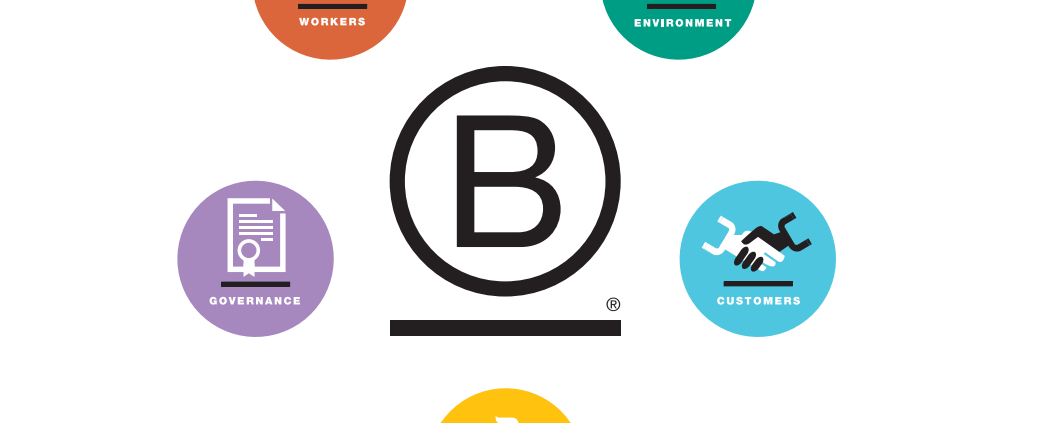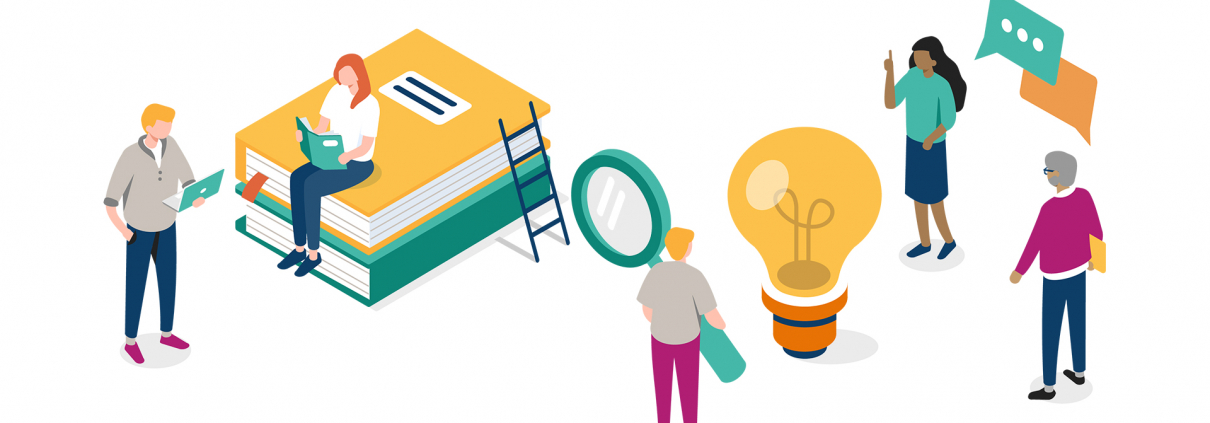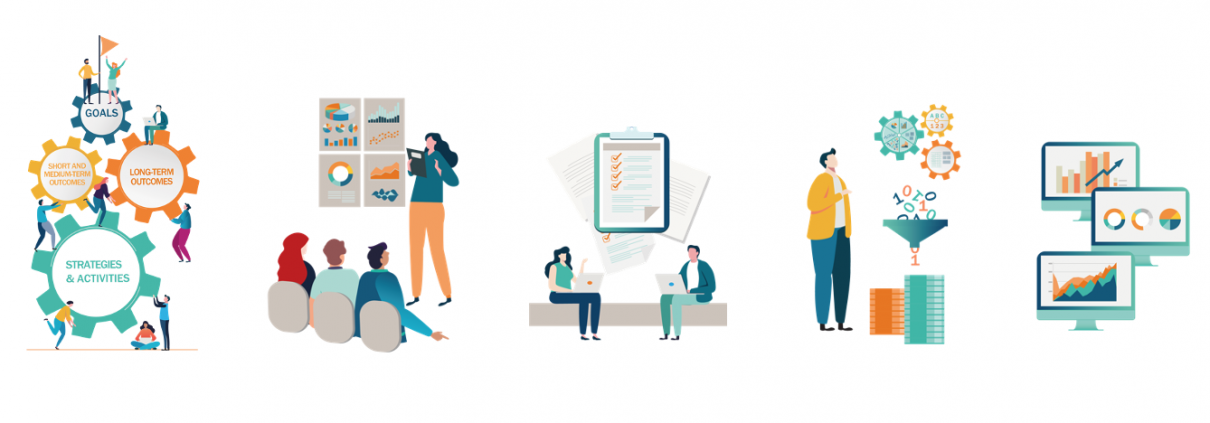6 questions evaluators should be asking ourselves if we’re serious about change
Anyone working in the evaluation space can feel the shifts occurring beneath our feet. If we truly want to use our evaluative and impact measurement skills for positive impact, we need to step-up. So following the AES conference, here’s what I’m asking myself – and what I challenge you to consider in your daily work.

